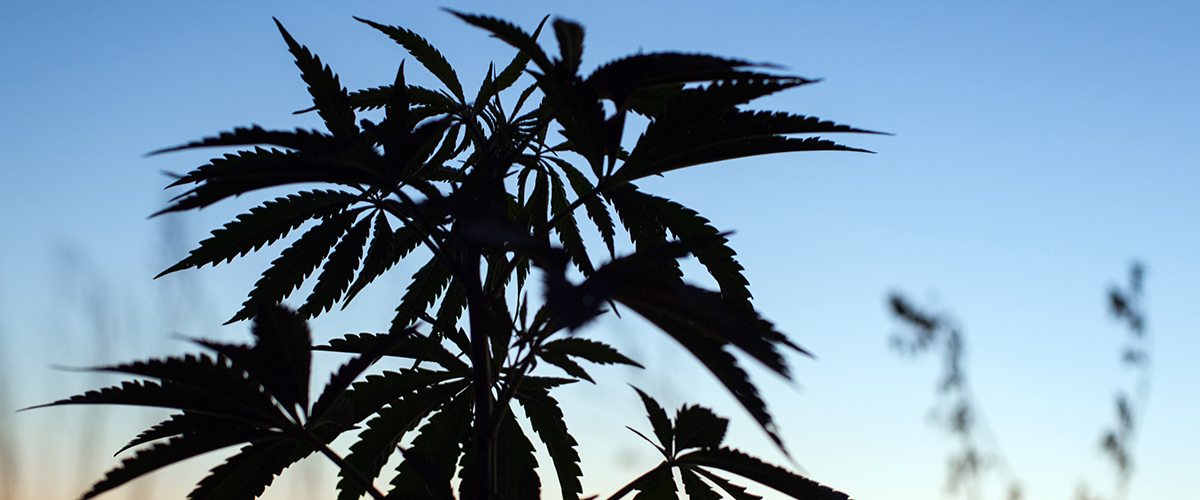[vc_row][vc_column][vc_column_text]
New York Gov. Andrew M. Cuomo recently signed legislation designating hemp as an agricultural commodity.
New York Gov. Andrew M. Cuomo has signed legislation aimed at ramping up his state’s production of hemp. The new law amends existing statute to categorize hemp as an agricultural product, ensuring that it’s given the same considerations as other crops.
The change also opens the door for increased research of the crop as a commercial commodity and creates an industrial working group to advise the state on hemp research and policies. The legislation sets up an industrial hemp seed certification program, and creates a “one-stop shop” website to provide hemp producers and processors information on state and federal hemp regulations.
Hemp is a variety of the Cannabis sativa L plant species. Unlike marijuana, which is generally harvested for its flowers containing high levels of tetrahydrocannabinol (THC), hemp contains only trace levels of THC and is grown all over the world for food, oil, and fiber. The environmentally sustainable crop has more than 25,000 product applications.
“The uses are all across the board, and we can develop more,” Cuomo said at a bill signing event at Cornell University in Ithaca. “I really believe this is going to be not just an agricultural boon if we do it right, but it will also be a manufacturing boon because the processors are all on the manufacturing side and they were really looking for someone in this country to step up and take the lead.”
The Democratic governor also announced at the signing that the state would earmark $5 million in funds to boost hemp research and development, and an additional $5 million would go toward covering hemp processing costs. Under the new law, state agencies are required to collaborate on funding and support for hemp research and businesses.
Hemp has been cultivated since the Stone Age, with its pulp and fiber being used to produce rope, paper, textiles, and building materials. Its stalks and seeds are an effective source for cannabidiol (CBD), a cannabinoid found over 23,000 studies to interact with our naturally occurring systems. The demand for hemp-derived CBD has exploded in the U.S. over recent years.
The crop played a huge role in the agricultural past of the United States and was legal to cultivate until 1937 when the U.S. government passed the Marihuana Tax Act, essentially prohibiting the cultivation, sale, and possession of all cannabis plants. Today, although products made from imported hemp are legal and valued at $688 million, hemp remains a controlled substance under federal law.
“The hemp industry was artificially aborted in this country,” said Cuomo. “We know the value of the product.”
Over the past three years, the beneficial crop has started to make its return to the U.S. President Obama signed the 2014 Farm Bill, which includes a section that allows states to implement laws allowing state departments of agriculture and universities to grow hemp for research or pilot programs.
New York is one of over 30 states that have since passed legislation related to hemp cultivation. Cuomo signed the state’s hemp bill into law last September. New York’s hemp program expanded production nearly 6,000 percent from 30 acres in 2016 to 2,000 this year. Cornell University, where Cuomo signed the new hemp legislation earlier this month, has been a leader in hemp research since New York launched its pilot program. This year, the university’s program is testing 17 hemp varieties to examine barriers like seed issues, diseases, and pests.
“Although the world has grown hemp for centuries, we’ve got an awful lot to learn on how to produce it at very high levels of production here in New York,” said New York State Agriculture Commissioner Richard Ball. “Think about where our land grant system, [what] our agriculturists know today about corn, about carrots, about dairy. We need to get up to speed on this in a big way.”
Learn more about the differences between hemp and marijuana and the long history of hemp in the America by visiting our education page.[/vc_column_text][/vc_column][/vc_row]






